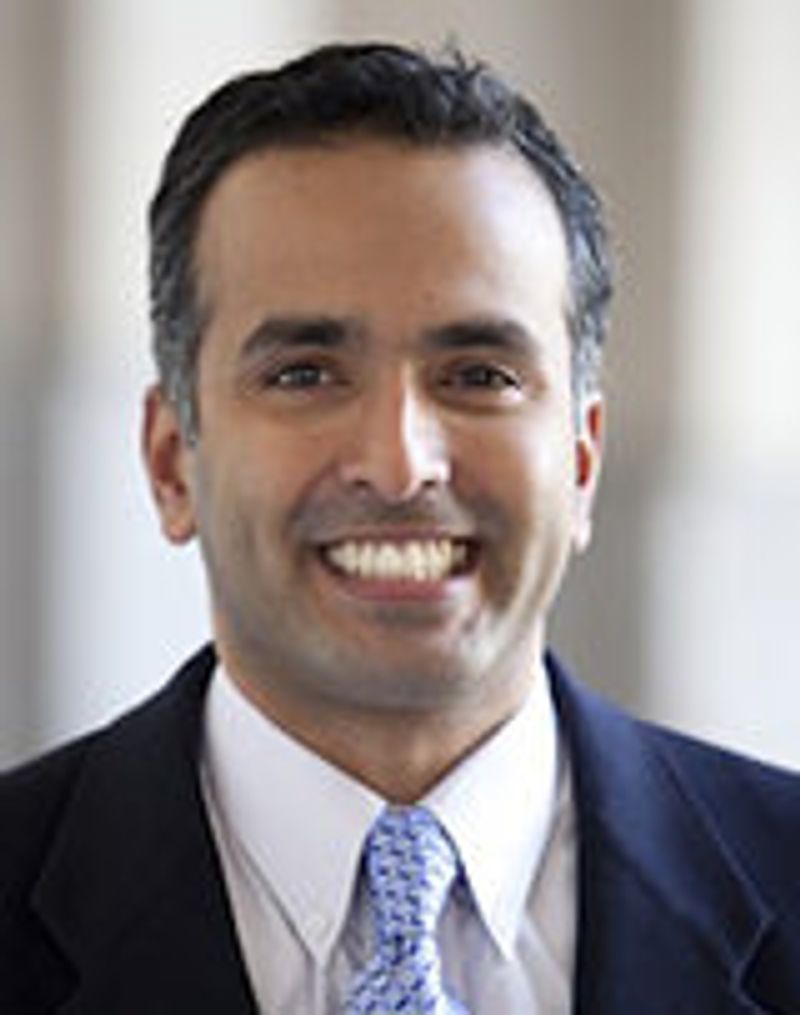Blog
Who is Asian American? On AMEMSA, Vincent Chin, and my Amok Monologues for Father’s Day. PODCAST EXTRA: Karthick Ramakrishnan
Say Asian or Asian American, and people think “Chinese.”
Most people know that’s not the case, but that tends to be the prevailing stereotype. And not just among whites, blacks, and Latinos.
It’s harder when even Asian Americans believe in the stereotype.
“East Asians need to recognize that Southeast Asians and South Asians are Asians too, ” Karthick Ramakrishnan told me on Emil Amok’s Takeout. “If you combine the Southeast Asian and South Asian categories, all these nationalities together, they’re the overwhelming majority. East Asians are now a minority within the Asian American category.”

Ramakrishnan is Professor of Political Science and Associate Dean of the School of Public Policy at the University of California, Riverside. He directs the National Asian American Survey, which recently revealed the jaw-dropping finding that some Asian Americans don’t consider South Asians as Asian American.
Previously, I spoke with his NAAS cohort Jennifer Lee about this survey question here.
In my interview with Ramakrishnan, we discuss who has the power to define who is Asian, and how the “Asian American” umbrella is being threatened. Is an AMEMSA–Arab, Middle Eastern, Muslim, South Asian–category inevitable?
“If you’re brown and someone thinks you’re Muslim, you get a different racial experience,” Ramakrishnan told me on Emil Amok’s Takeout. “That’s what “AMEMSA” captures.
But what happens then to the broad Asian American category of 21 million and growing when 5 million South Asians can’t identify and adopt a new category?
Ramakrishnan also talks about how the NAAS findings may explain why there wasn’t a massive mobilization from Asian Americans to protest the murder of Srinivas Kuchibhotla earlier this year.
While Vincent Chin’s murder inspired the activism of Asian Americans 35 years ago, the ire over the Kuchibhotla hate crime has not had a similar impact on the community. Ramakrishnan said it should have, and the fact that it didn’t reveals Asian America’s implicit and explicit biases.
“It’s kind of a game of whack-a-mole,” Ramakrishnan told me. “Unfortunately, when particular parts of our community are getting whacked, other parts of our community don’t stand up nearly as much and are not nearly as vocal as we should be.”
Uh-oh. We’re reverting back to the other prevailing stereotype. Non-boat rockers. Just get on the boat. Don’t miss it. Get off the boat. Just don’t rock it.
But maybe we should. The upcoming 35th anniversary of Vincent Chin is the time for some reflection.
In 2014, I wrote about how the entire community should use the days Chin was in a coma from June 19 to June 23 to think about what it’s like to be Asian American.
We are coming up to that time.
It’s a wide ranging Emil Amok’s Takeout, including a special treat: I read my annual Father’s Day essay, part of a story in my “Amok Monologues: A short history of the American Filipino–NPR, Harvard, Death on Mission St.,” which I’m premiering at the San Diego International Fringe Festival, June 23 to 29.

If you’re in San Diego, come on by! It’s another part of my exploration of the solo performance form. It’s funny. It’s tragic. It’s amok!
Listen to Ep. 17 of Emil Amok’s Takeout here:
SHOW LOG
00: Intro, Emil comments on news, the week’s gun violence and the NBA champion Golden State Warriors.
14:35 Karthick Ramakrishnan, UC Riverside, School of Public Policy
15:52 Interview begins
1:01:20 On bias against South Asians
102:49 On Vincent Chin Anniversary
1:07:10 Emil reads his Father’s Day Essay

Emil Guillermo is an independent journalist/commentator. Updates at www.amok.com. Follow Emil on Twitter, and like his Facebook page.
The views expressed in his blog do not necessarily represent AALDEF’s views or policies.
Read Emil's full bio →